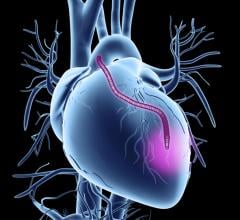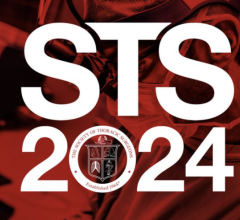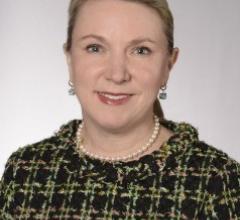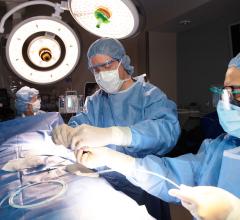
April 30, 2024 — The expanding use of transcatheter technologies has changed the landscape in the treatment of valvular disease in adult cardiac patients, with valve surgery rapidly shifting to more complex interventions frequently involving other concomitant procedures.
To inform heart team and patient decision-making on valve surgery, The Society of Thoracic Surgeons (STS) has launched new risk calculators for isolated tricuspid valve repair and replacement; surgical aortic valve replacement (SAVR) after prior transcatheter aortic valve replacement (TAVR); and multi-valve surgery with or without coronary artery bypass grafting (CABG).
The STS rolled out all three interactive, mobile-friendly risk calculators in April 2024, adding to its existing portfolio of risk calculators for adult cardiac surgery.
“As cardiothoracic surgery continues to evolve, STS has responded by adding new risk models to guide treatment decisions and benchmark performance,” said STS President Jennifer C. Romano, MD, MS. “These new risk calculators include complex surgeries not covered in previous risk models, including surgery after transcatheter procedures, expanding risk assessment to include the large majority of all adult cardiac operations.”
Tricuspid Valve Repair
Existing literature on national surgical outcomes of isolated tricuspid valve repair or replacement is based on data from over a decade ago and may not reflect current practice results.
The STS leveraged contemporary data from the STS Adult Cardiac Surgery Database to develop risk models for surgical tricuspid repair and replacement.
Analysis of 13,587 patients undergoing isolated tricuspid valve surgery from 2017 to 2023 revealed a 5.5% overall predicted risk of mortality for isolated repair and a 5.7% risk for replacement with over 2,000 cases performed annually in the U.S. Patients undergoing tricuspid repair or replacement for endocarditis were younger and had lower overall mortality of 2.7% and 4.1%, respectively.
These data demonstrate increased volumes and improved outcomes for both isolated tricuspid repair and replacement and are reflected in the new risk models and calculator.
SAVR after TAVR
Surgical aortic valve replacement after prior TAVR is the fastest-growing cardiac surgery procedure in the U.S. The majority require explant of the TAVR device and SAVR, which significantly increases the risk of operative mortality and stroke.
The STS used recent national data from the STS Adult Cardiac Surgery Database between 2012 and 2023 to analyze outcomes of SAVR after previous TAVR.
The analysis of 5,457 patients reported an average growth rate in cardiac surgery after prior TAVR of 150% per year overall, and was much higher since low-risk TAVR approval in 2019.
Operative mortality and stroke were elevated in SAVR after TAVR patients with or without concomitant CABG at 9.3% and 3.8%, respectively. Outcomes were worse with increasing surgical urgency, older age, dialysis dependence, and multiple reoperations.
These real-world outcomes underly the updated SAVR after TAVR risk models in the new risk calculator, which provides essential data to inform heart team decisions, particularly if TAVR is to be considered for younger age and low-risk patients who may not have been studied in the low-risk trials.
Multi-valve
The STS used contemporary national data from the STS Adult Cardiac Surgery Database between July 2017 and December 2023 to analyze outcomes of 32,938 patients who underwent multi-valve surgery involving replacement of the aortic valve, plus replacement or repair of the mitral valve with and without concomitant CABG.
More than 5,500 multi-valve procedures were performed in the U.S. in 2023, of which 60% included double valve replacements, and 25% involved concomitant CABG.
The analysis found that mitral replacement increases the risk of operative mortality and other adverse outcomes compared to mitral repair. Adding CABG also increased these risks uniformly.
These real-world outcomes data are the basis of the new multi-valve surgery risk calculator.
Coming: Risk Calculators for Aorta, Adult Congenital, and General Thoracic
The STS has additional enhancements in the pipeline, including risk models and calculators for aorta surgery and adult congenital heart disease, as well as general thoracic procedures focused on lung and esophageal cancer.
The Adult Cardiac Surgery Database is part of the STS National Database, one of the largest and most comprehensive clinical registries with nearly 10 million cardiothoracic procedures performed by 4,300+ surgeons. With over 95% of adult and congenital cardiac surgery procedures and a majority of lung cancer and esophageal cancer surgery in the U.S., the data and outcomes from the STS Database specialty registries provide true national benchmarks for clinical outcomes of cardiothoracic surgery.
For more information: https://www.sts.org/sts-national-database

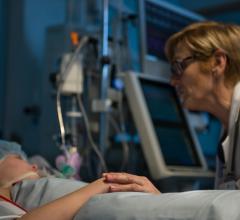
 January 30, 2024
January 30, 2024 
